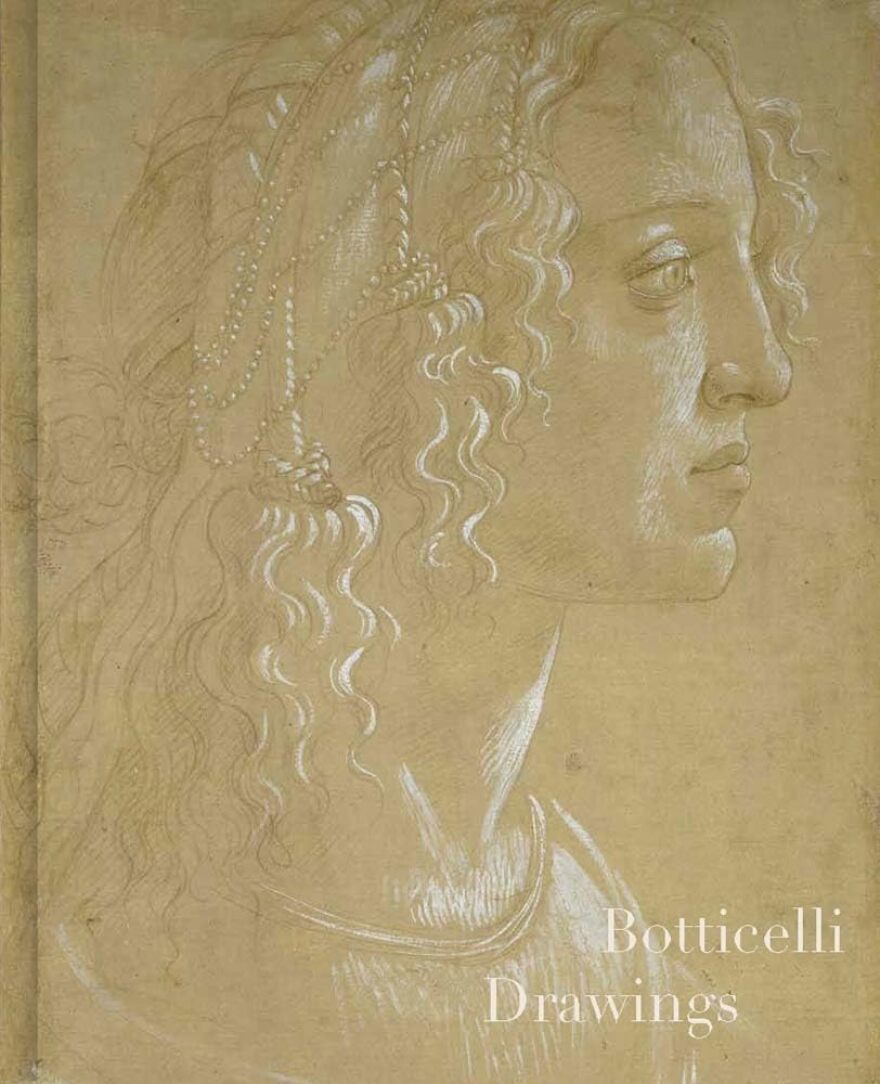
Sandro Botticelli’s large tempera painting “The Birth of Venus” (where the elongated goddess demurely stands on a half shell) is so well known that even Miss Piggy has found herself in one of the many parodies made of this revered work, said to date to the 1480s. An earlier painting, the famous large canvas “Primavera” (with that dancing trio of graces) has also lent itself out for cultural and political fun.
But did we know they were drawings before they were paintings? Many of Botticelli’s surviving drawings, including some new attributions, can now be seen in a handsome volume published by Yale. It’s based on a recent exhibition of Botticelli’s drawings and designs by San Francisco’s Fine Arts Museums.
The highly heralded exhibition, ended early February this year but it lives on in the Yale volume, the work of Furio Rinaldi, curator of prints and drawings at the Fine Arts Museums, and his colleagues. Called simply Botticelli’s Drawings, it contains the authoritative catalog, scholarly essays, and is a knockout as a collection of sepia-suffused drawings that served as preparation for the paintings. A bit heady for non-scholars like me, but impressive – the volume discusses the extent of Botticelli’s art – not just the drawings and paintings but prints, wood marquetry, portraits, illustrations for Dante’s The Divine Comedy, frescos for the Sistine Chapel, embroidery, tapestry, probably more. Given the way artists worked in those days when pupils and assistants contributed not only to preparatory drawings but also to underdrawings on the paintings themselves -detected now by imagery – it’s not easy to know what the artist himself executed, but the essayists guide us.
Giorgio Vasari, who designed The Uffizi Gallery in Florence that houses both the “The Birth of Venus” and “Primavera” in his groundbreaking, if flawed, Lives of the Most Excellent Painters, Sculptors, and Architects, published in 1550, praised a Botticelli most many people are unaware of – the artist of some of the most beautiful and innovative figure drawings of the already beautiful and innovative art of The Renaissance. (Botticelli, whose family surname means little barrel, was 7 years older than Leonardo da Vinci.)
The volume includes works by Botticelli's contemporaries, among them da Vinci who grew critical of Botticelli’s late, less naturalistic work which fell out of favor. Though a mathematician of the time Luca Pacioli ranked Botticelli number one in perspective and proportion, Botticelli began to move in the direction of abstraction. Ironically, those later works seem relevant today. It’s said that Botticelli’s drawings influenced 20th-century artists in photography, sculpture, music, fashion and film, and dance particularly. Rinaldi refers to Botticelli’s “choreographic approach” to figures in motion arranged in space.
Line to Botticelli was all, “the rhythm of the line,” as Rinadi titles his own essay - exaggerated gestures, angular movement, seen particularly in the drawings --pen and brown ink with brown wash, dramatically heightened with white over black chalk on paper often tinted with red lead.
Today, many painters and sculptors cannot or choose not to draw. But drawing suits our complicated, overloaded, and fractured times. Intimate, elegantly linear, drawing testifies to what Rinaldi calls “the centrality of draftsmanship in early modern art.” A drawing can immediately evidence talent and technique, the timelessness of tradition through the fine line of fine art. As Rinaldi writes, for Botticelli and Renaissance artists - nulla dies sine linea – “not a day goes by without line.” Instructive. And heartening.


